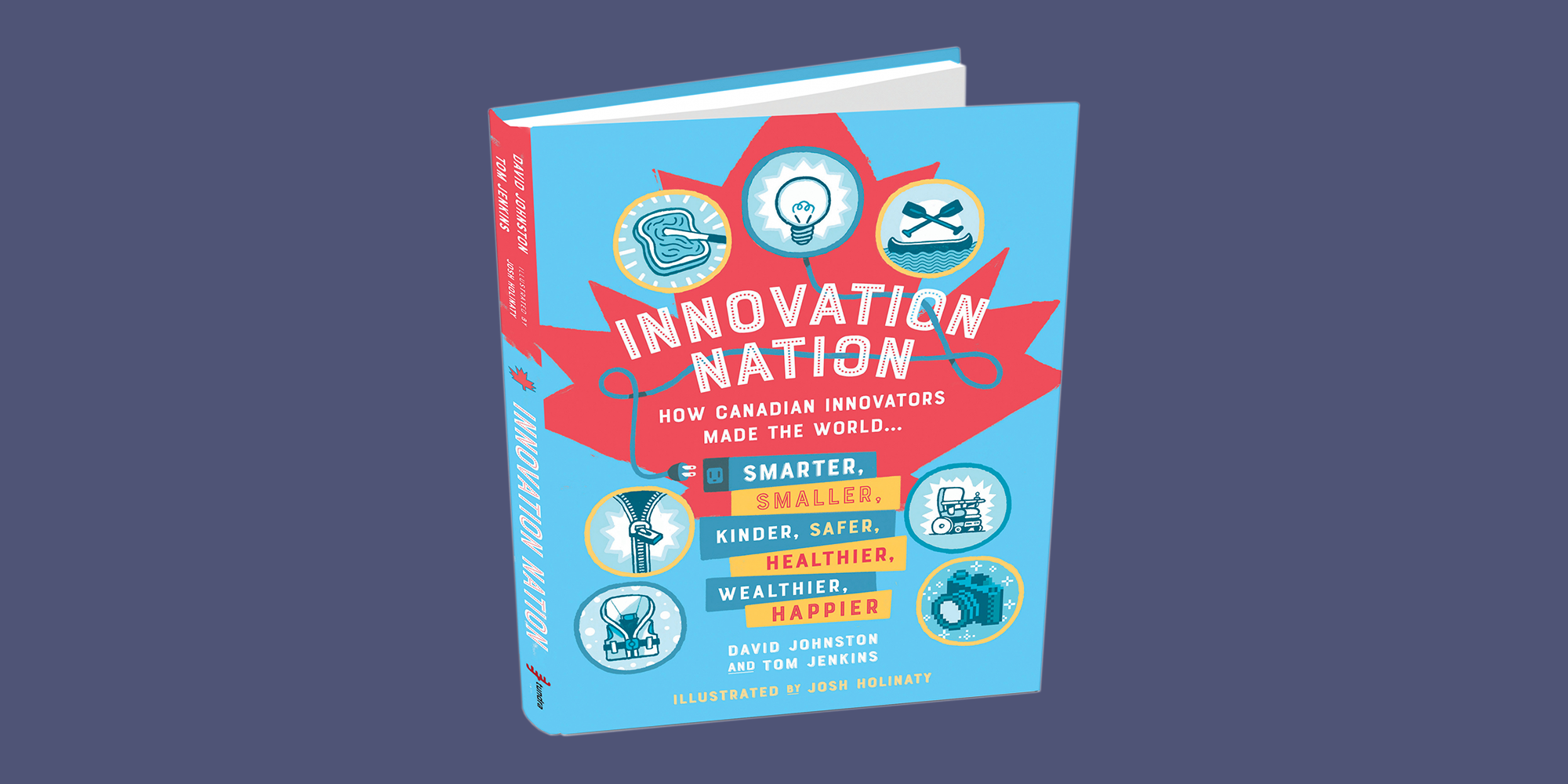Robotics is making good strides in a variety of fields, like some very strange types. Researchers at the Idiap Study Institute in Switzerland, the Chinese College of Hong Kong (CUHK) and Wuhan University (WHU) have now engineered a machine studying-based mostly method to instruct robots to stir-fry like experienced chefs, in accordance to a report TechXplore printed on Friday.
Clever robots that can prepare food
“Our current work is the joint hard work of a few labs: the Robot Learning & Conversation team led by Dr. Sylvain Calinon at the Idiap Investigate Institute and the Collaborative and Flexible Robots laboratory led by Prof. Fei Chen Cuhk and the lab led by Prof. Miao Li at WHU,” Junjia Liu, a single of the scientists who carried out the study, told TechXplore.
“Our three labs have been learning and performing alongside one another for about 10 yrs. We have a particular desire in making intelligent robots that can get ready meals for individuals.”
The new research hopes to develop a robotic chef, a thing that has hence significantly been really challenging to realize.
“Though domestic provider robots have been designed substantially in the latest decades, making a robotic chef in the semi-structured kitchen area setting continues to be a grand challenge,” Liu said.
“Meals preparation and cooking are two critical actions in the family, and a robot chef that can follow arbitrary recipes and cook mechanically would be sensible and bring a new interactive leisure experience.”
To obtain these a complicated endeavor as stir-frying, Liu and his workforce initial experienced to practice a bimanual coordination model recognised as a “structured-transformer.” They did this utilizing human demonstrations.
“This system regards coordination as a sequence transduction issue between the actions of the two arms and adopts a blended design of transformer and GNN to realize this,” Liu described.
“Thus, in the on line procedure, the still left-arm movement is altered in accordance to the visual responses, and the corresponding ideal-arm movement is generated by the pre-educated structured-transformer design based mostly on the still left-arm movement.”
Cooking both of those at household and in community
Liu now hopes that his new and enhanced design could 1 day introduce the improvement of robots that can cook meals each at household and out in general public. It could also be employed in producing robots that can carry out other duties that include the use of two arms and arms. A single very good case in point is this currently-popular pizza-earning robot.
“We will now introduce greater dimensional details to discover a lot more humanoid motion in kitchen capabilities, these types of as visual and electromyography indicators,” Liu concluded.
“The estimation of semi-fluid contents in this function was simplified as two-dimensional impression segmentation, and we only utilised the relative displacement as the desired goal. Consequently, we also program to propose a more extensive framework that consists of both of those the movements of bimanual manipulators and the state change of the item.”
The benefits of the review were released in the journal IEEE Robotics and Automation Letters.
Abstract:
This letter describes an approach to attain effectively-recognized Chinese cooking art stir-fry on a bimanual robot technique. Stir-fry necessitates a sequence of remarkably dynamic coordinated actions, which is usually challenging to study for a chef, permit alone transfer to robots. In this letter, we determine a canonical stir-fry movement, and then suggest a decoupled framework for finding out this deformable item manipulation from human demonstration. First, dualarms of the robotic are decoupled into unique roles (a chief and follower) and discovered with classical and neural network based mostly procedures separately, then the bimanual endeavor is remodeled into a coordination issue. To receive common bimanual coordination, we next suggest a Graph and Transformer primarily based model—Structured-Transformer, to capture the spatio-temporal marriage among dual-arm movements. Lastly, by adding visible opinions of contents deformation, our framework can adjust the actions automatically to obtain the ideal stir-fry outcome. We confirm the framework by a simulator and deploy it on a genuine bimanual Panda robotic program. The experimental benefits validate our framework can recognize the bimanual robot stir-fry movement and have the opportunity to prolong to other deformable objects with bimanual coordination.







